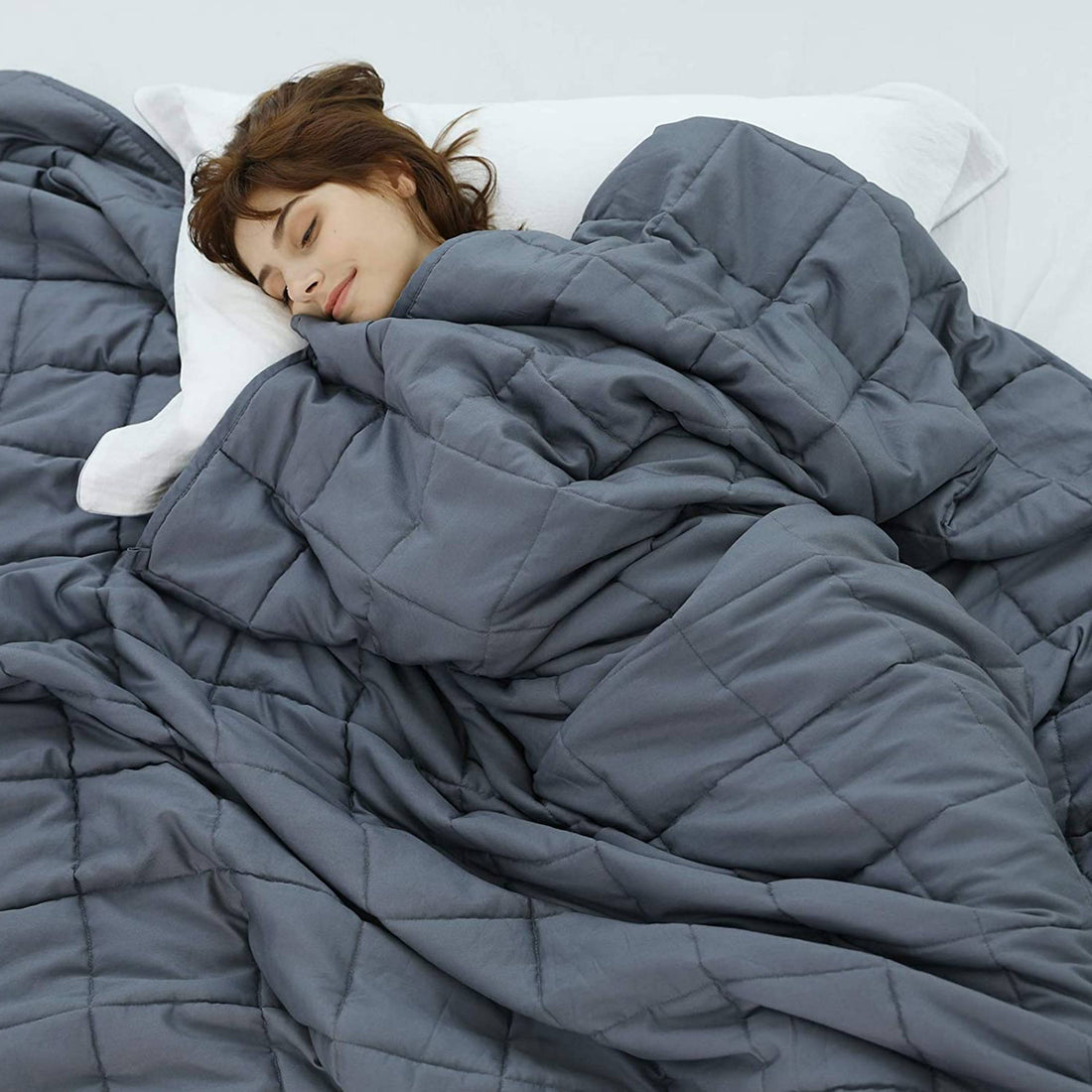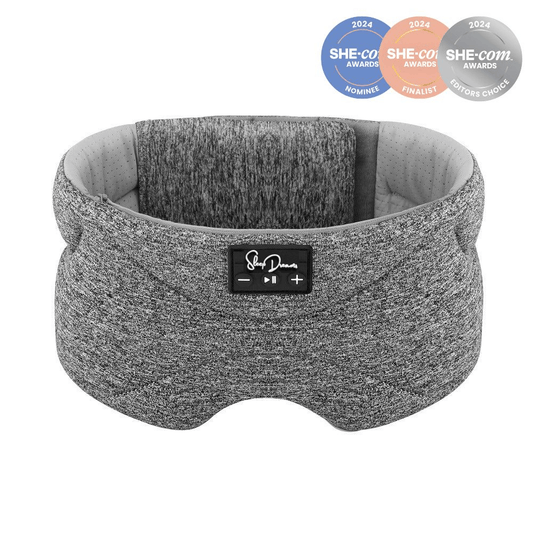Have you ever wondered how weighted blankets manage to provide that comforting "hugged" sensation while remaining flexible enough to move with you? It all boils down to a meticulously crafted layered construction, employing a variety of materials such as polyester and specially designed beads. This article aims to delve deeper into the different materials that lend weighted blankets their unique characteristics.

The Anatomy of a Weighted Blanket
Weighted blankets are composed of multiple layers, with the innermost layer often filled with beads. These beads are strategically sewn into pockets or sections to ensure even weight distribution across the blanket. This design enables the blanket to conform to your body shape, providing a soothing external layer that encourages relaxation.
Types of Beads in Weighted Blankets
Understanding the different types of beads used in weighted blankets can help you make an informed purchasing decision. Here are some of the most commonly used materials:
Plastic Poly Pellets
Plastic pellets, usually made from 100% polypropylene, are among the most popular choices for weighted blankets. They are also commonly found in stuffed animals and are deemed safe for use. Economically, these pellets are often the most affordable option. However, they are not our top pick when compared to other materials like glass beads.
Glass Beads
Sitting at the premium end of the spectrum, glass beads are environmentally friendly and offer excellent durability. They are especially convenient for machine washing as they don't degrade or alter when submerged in water. Furthermore, their higher density means fewer beads are required to achieve the desired weight, resulting in less bulky blankets.
Steel Shot Beads
Steel shot beads are typically the largest in size, requiring fewer beads to reach the target weight of the blanket. Their durability makes them an excellent choice for machine washing. However, they are generally noisier than glass beads, which might be less conducive to a peaceful sleep environment.
Rare Alternatives
Although glass and plastic beads are most common, some manufacturers do experiment with unconventional materials like sand, rice, beans, or grains. Be cautious and make sure to read labels or ask questions to find out what's really inside your prospective blanket.
Purchasing Tips
When shopping for a weighted blanket, ensure that it comes pre-filled with beads unless you wish to customise the weight yourself. In that case, opt for a blanket that allows you to open it and adjust the bead count.
The Science Behind It
A study published in the Journal of Sleep Medicine has shown that weighted blankets can significantly improve sleep quality and duration for those suffering from insomnia, endorsing their efficacy in enhancing sleep.
In summary, the composition of your weighted blanket can greatly impact its effectiveness and comfort level. Understanding the pros and cons of different materials will aid you in choosing the right weighted blanket to improve your sleep quality.

























